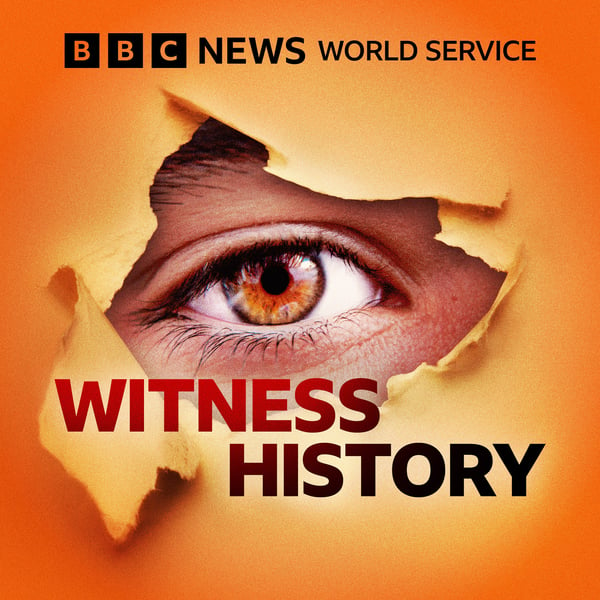The Mayak Nuclear Disaster
Witness History
BBC
4.4 • 1.6K Ratings
🗓️ 29 September 2016
⏱️ 9 minutes
🧾️ Download transcript
Summary
On September 29th 1957 there was a major accident at a secret nuclear facility in the Soviet Union. Dozens of workers died and a huge cloud of radioactivity spread across the surrounding countryside. But news of the disaster was only made public decades later. Dina Newman has spoken to Zhores Medvedev, the first scientist to disclose what happened to the international community.
Photo: The Mayak nuclear reprocessing plant in 2010. Credit: European Pressphoto Agency.
Transcript
Click on a timestamp to play from that location
| 0:00.0 | Hello and thank you for downloading witness on the BBC World Service with me |
| 0:04.0 | Dina Newman. Today we go back to September 1957 |
| 0:08.4 | and a major nuclear accident in Soviet Russia |
| 0:12.0 | nearly 2,000 kilometers to the east of Moscow. |
| 0:15.0 | It resulted in a huge radioactive cloud spreading over hundreds of |
| 0:20.1 | kilometers and affecting a quarter of a million people. |
| 0:25.2 | On Sunday, September 29, 1957, technicians at Mayak, a nuclear plant in the Soviet Union, started their shift as usual. |
| 0:35.0 | Myak was a secret facility which had produced the first Soviet nuclear bomb. |
| 0:40.0 | Anna Sharava, a chemical engineer, remembered the day of the accident in a documentary produced decades later. |
| 0:50.0 | We were on shift from 1 PM until 7. We worked in the lab and being a Sunday there was less work than usual. |
| 0:58.0 | And suddenly we heard a kind of thunder. Windows were blown out, glass doors were shattered. We looked |
| 1:06.3 | outside and saw a huge cloud. What Anna had heard was an explosion caused by the overheating of tons of highly concentrated nuclear waste |
| 1:18.0 | stored without adequate safety procedures. |
| 1:21.0 | This highly concentrated nuclear waste was accumulated in big tanks made of steel and underground. |
| 1:31.0 | Jares Medvedev is the scientist who studied the fallout from the blast and revealed to the world how it came about. |
| 1:38.2 | There were not enough regulation of temperature and so on. |
| 1:41.6 | At the certain stage in one of the tanks the system of regulation of |
| 1:46.6 | temperature stopped to operate and when temperature reached certain stage the tank explodes. |
| 1:56.4 | This blast caused one of the worst nuclear disasters in history. |
| 2:00.6 | It's ranked third after Chernobyl and Fukushima. In 1957 it was the worst ever, but such was the secrecy around the plant that no warnings over the high levels of radiation were issued. |
| 2:14.0 | At the same time, the accident couldn't go entirely unnoticed. |
| 2:17.8 | Over the next few days, local hospitals and clinics could barely cope with the new arrivals. An estimated 200 people died within 10 days. |
... |
Please login to see the full transcript.
Disclaimer: The podcast and artwork embedded on this page are from BBC, and are the property of its owner and not affiliated with or endorsed by Tapesearch.
Generated transcripts are the property of BBC and are distributed freely under the Fair Use doctrine. Transcripts generated by Tapesearch are not guaranteed to be accurate.
Copyright © Tapesearch 2025.

